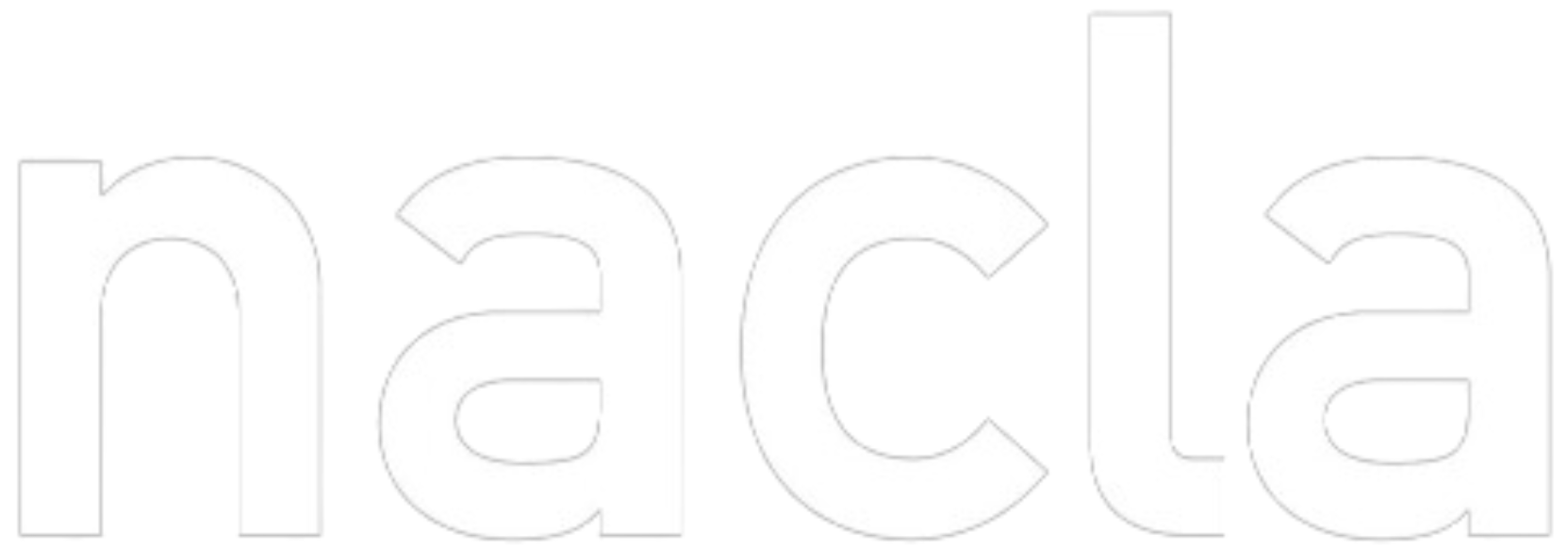When it loaned $145 million to Bogotá in 1996 to help salvage the Colombian capitals struggling public water company, the World Bank hoped the city would eventually succumb to its demands to privatize the utility company. But Bogotá hasnt budged. Instead, the Water and Sewerage Company of Bogotá (EAAB) has remained in public hands and become one of the most efficient, profitable and equitable water utilities in Colombia.
In the early 1990s, the company faced the seemingly impossible task of delivering water and sewage services to a burgeoning population that was increasing by an average of 150,000 a year. In 1993, the homes of only 78% of its then-nearly five million residents were connected to water services and 71% to sewerage services. By 2001, Bogotás population had grown to nearly 6.5 million as people fleeing rural poverty and civil conflict migrated to the city. Despite this growth, the EAAB raised the proportion of households with potable water to 95% and those with sewerage to 87%. EAAB achieved this by implementing reforms in the late 1990s that restructured the companys managementpreviously crippled by cronyism and incompetenceand provided subsidies for poor residents.
Voters ensured Bogotás water company remained public by electing a series of progressive mayors who resisted the privatization trend. Mayor Enrique Peñalosa (1998-2000), who took advantage of a 1994 law granting mayors more authority and independence in the management of public services, focused on providing services to the citys poorest neighborhoods. Peñalosas administration connected 415 neighborhoods to sewage service and supplied potable water to 350,000 additional urbanites.
By 2001, city spending on public works in Bogotás low-income areas constituted 40% of Colombias overall water sector investment. In 2002, the countrys National Planning Commission rated the EAAB as the best utility in Colombia for providing water and sewerage coverageCartagenas private water company ranked a distant fourth and Barranquillas even lower. Earlier this year, the Duff and Phelps international credit rating company gave the EAAB its second-highest rating of AA+ for the second consecutive year.
Bogotás lower- and middle-class residents have benefited from heavily subsidized water service, partially financed by the citys wealthy who sometimes pay double the real cost of their water. But new laws require that, by 2005, only the citys poorest residents receive EAAB subsidies, which will be significantly lower than those provided presently. Still, Mayor Luis Eduardo Garzón recently promised to lower water rates by up to 10% without reducing the EAABs reinvestment into the system. However, his proposals probably require a reduction in pension funds for EAAB workers.
While providing water and sewerage to the rapidly expanding city, the EAAB has also been implementing initiatives to conserve water and protect the environment. Campaigns to reduce water consumption have lowered the average daily consumption rate from 42 gallons per person in 1990 to 29 gallons per person today, less than a fifth of the consumption rate in the United States. The EAAB has also launched several projects to protect nearby wetlands that provide most of the citys water. With the EAAB assuring that water and sewage service will reach 100% of the citys residents by 2010, Bogotá appears poised to protect its water as a public asset. Despite the EAABs numerous successes, however, the World Bank continues to pressure Bogotá into privatizing its water company.
About the Author:
Sarah Garland, a freelance journalist currently in El Salvador, is NACLAs editorial assistant.

